|
Your pets’ enrichment wheel will depend on their individual personality first and foremost, species and breed (if applicable). For example, if you have a pet rat, their wheel would consist of things like foraging for food and water, social play, lots of grooming (both singular and allogrooming – social grooming), lots of chewing, building nests, finding shelter, sleeping, etc. If you have a border collie, their wheel would probably consist of thing like smelling, herding behaviors (chase, stalk, circle, nip), lots of brain games, foraging for food and water, lots of walking/running, sleep, social play (often with a human, but many individuals have friends with other animals), etc. When all of your pets’ enrichment needs are met, you’ll probably find that most of their behaviors you object to seem to melt away. This is because when they are mentally and physically enriched, they aren’t looking for other ways to meet those needs. If appropriate chews are provided for them that they like AND they’ve received reinforcement for chewing on those, they have no reason to chew on your shoes, or your table. If they’ve been given appropriate height and material scratching areas in places where they feel safe using them (often next to places they’ve already been scratching), they have no reason to scratch your couch.
So what exactly is Enrichment? As stated above, it’s different for each individual and species, but let’s go through a more typical example of an enrichment wheel for a dog. These are options to choose from and you don’t need to do every thing every day. The average dog needs about 2 hours of activity a day. You’ll need to play around with things and figure out what works best for your dog. Note that mental exercise usually tires a dog out 4x faster than physical exercise but is NOT a replacement for physical exercise. Physical
Emotional
Instinctual
All of this must be done with the dog choosing to participate. If the dog is given no choice, this is not enrichment. This is forced interaction and will likely become flooding, which can lead to learned helplessness – the opposite of what we wish to accomplish through an enrichment program. Start with 2-3 of these activities each day and build from there. See what your dog likes and change up the activities each day to keep things interesting. For different species, research your species and based on what your individual pet likes, create a similar enrichment list. If you have any questions, please contact us and we’d be happy to help! Additional, amazing resources: Canine Enrichment for the Real World by Allie Bender and Emily Strong Facebook group – Canine Enrichment (mostly foraging ideas, but still good info) Facebook group – Canine Enrichment Ideas (mostly foraging ideas but still good info)
0 Comments
Leave a Reply. |
Kat & Haylee
Just a couple of animal geeks trying to make the world a better place. Archives
February 2023
Categories
All
|
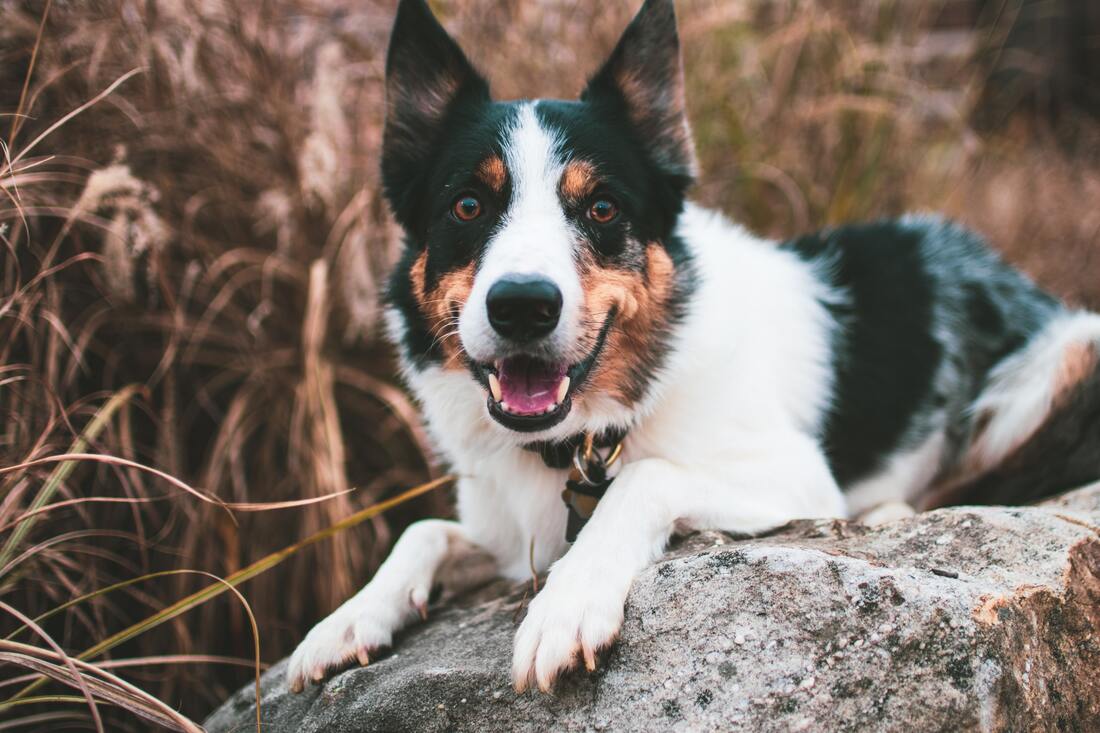
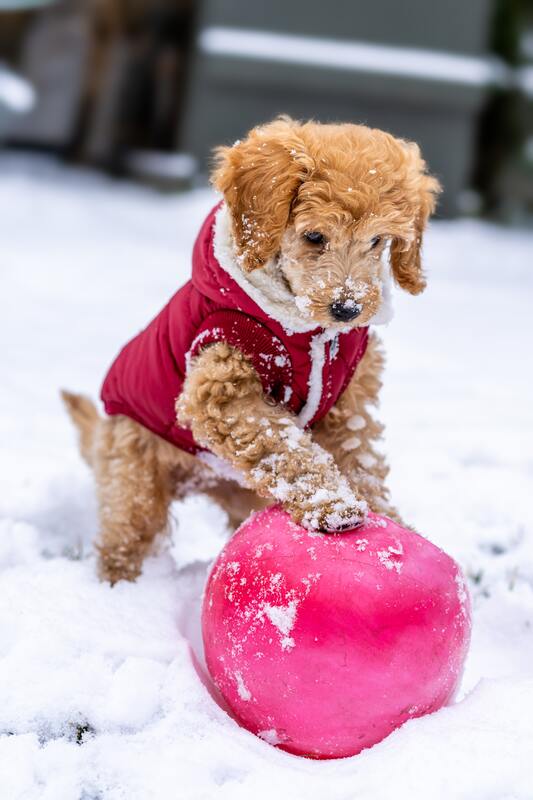
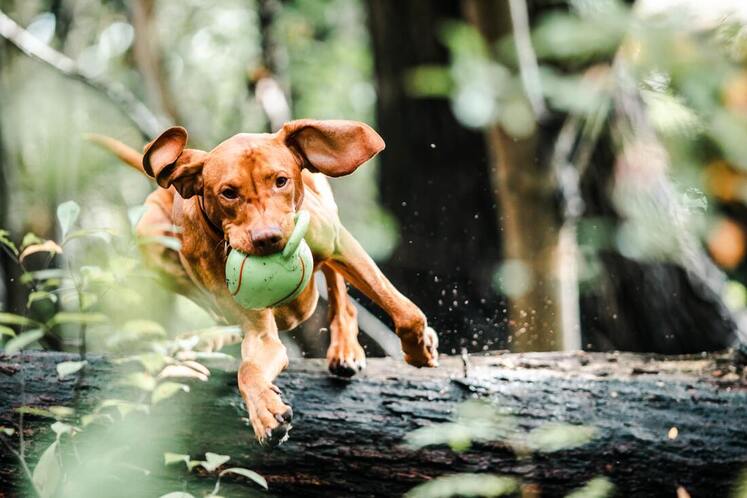
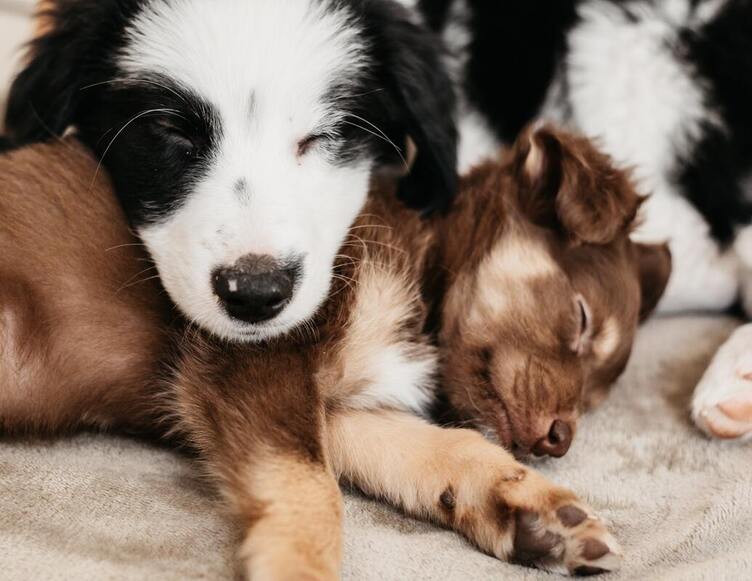
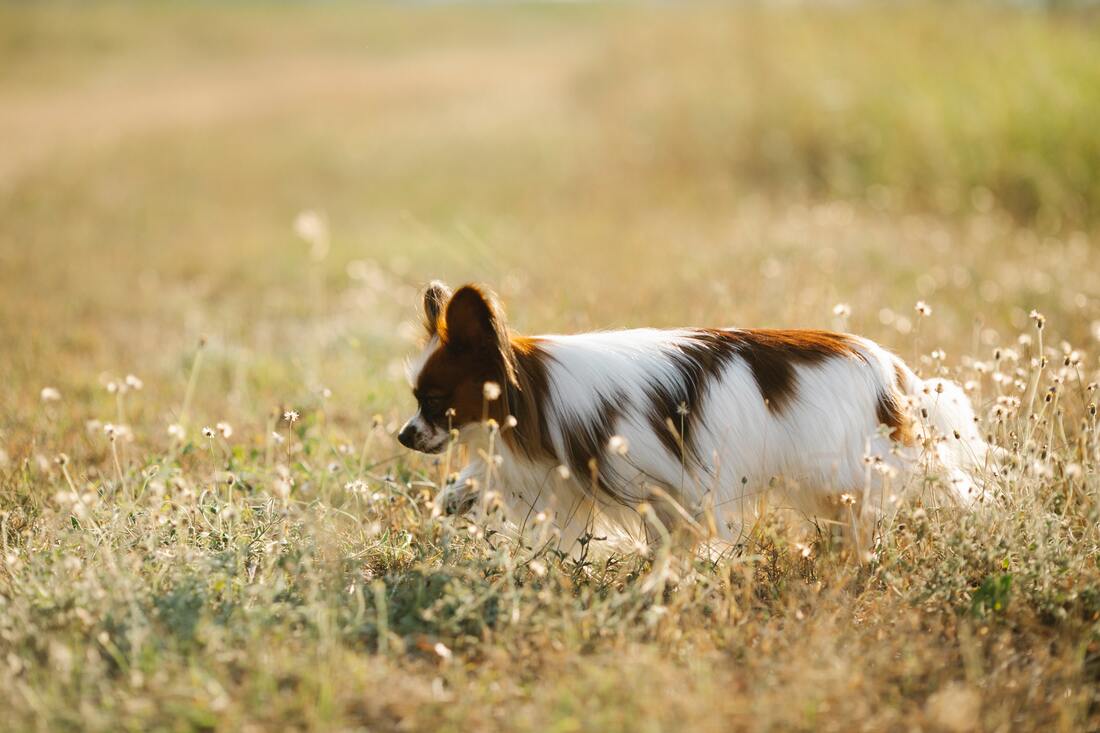
 RSS Feed
RSS Feed